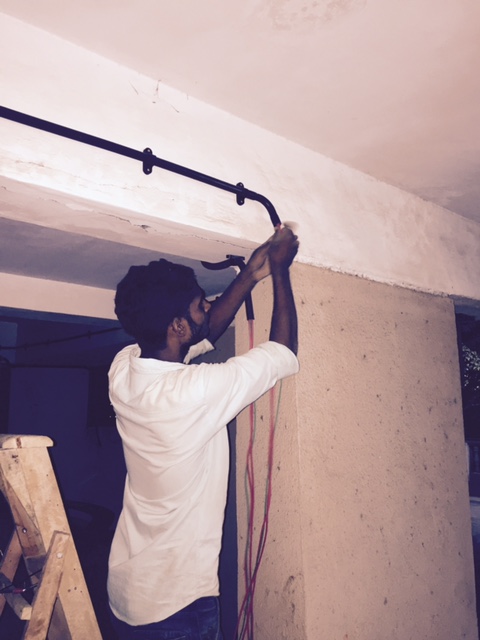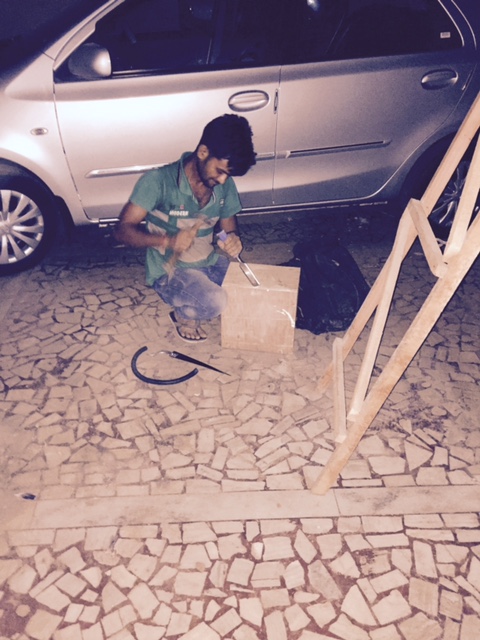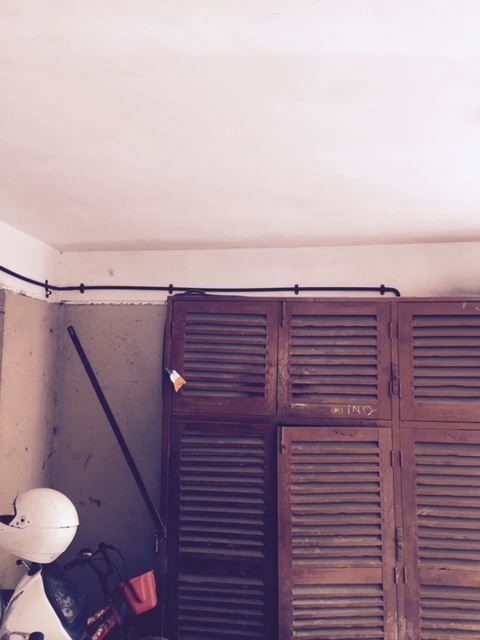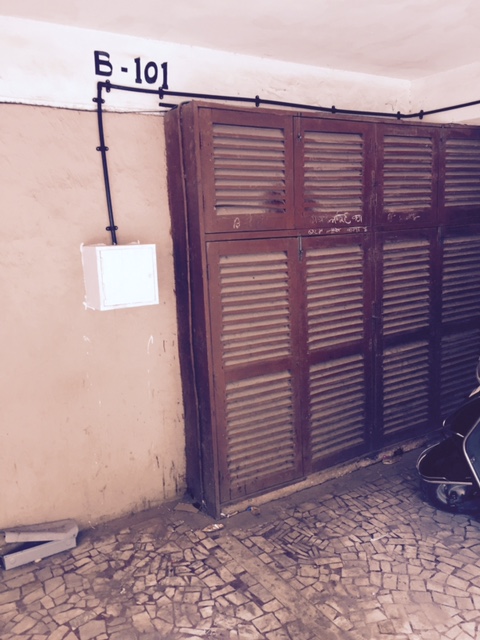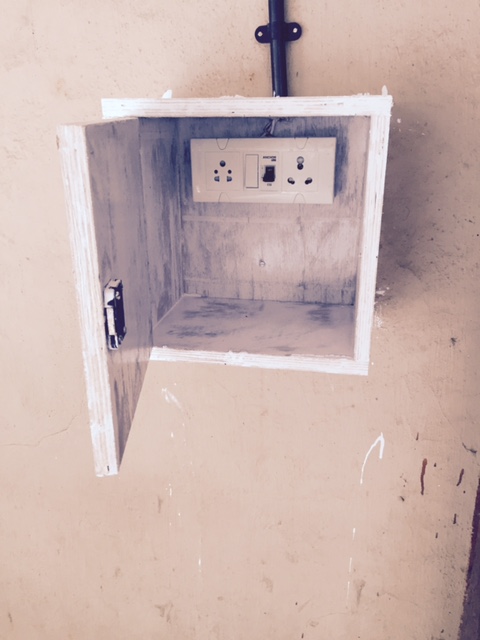Some point I will buy an electric vehicle for sure. But I have been hanging out with this cool group of electric vehicle enthusiasts in Mumbai and one thing they seem to be working on is spreading charging infrastructure. We are brainstorming some ideas of how to spread the infrastructure, but I decided to dip my toes in by, well, by creating a charging point in my parking spot.
Here I am going to outline the steps I needed to take, from start to finish to create such a charging point. Hope this helps others when they try to do the same.
Step 1: Take necessary permissions. In case like mine, talk to the secretary of the housing society.
I live in a co-operative housing society like most of the Mumbaikars. If you do too, you will need to take an extension out of your electricity meter to your parking spot. And unless you own both these spots and the path between them, you are going to do some modifications in common property and permissions are necessary. In my case, it was as simple as giving a hand written application on which our secretary, the kind gentleman, stamped “approved” right away and gave me green light.
Step 2: Talk to a good electrician nearby.
In a nutshell, to put a charging point for electric car in your parking space, you need a socket with 15 amps rating with earthing. I have been told by knowledgeable people that this should be sufficient for any electric cars in the market today and most likely even cars in future. It’s pretty standard. Because I was going all this way, I also threw in a 5 amps charging for electric bikes and such.
A good electrician nearby gave me an estimate of close to 6000 Rs (as of May 2016 in Mumbai.) If you live away from Mumbai, it might be cheaper. I can’t imagine any city in India costlier in Mumbai.
Step 3: Talk to a good electrician friend and/or PluginIndia folks. Review the specs.
Everyone has one, right? Also log in on PluginIndia.com and make friends there and consult if necessary. After some discussions with the said folks came the best recommended specs. (Even though what the electrician recommended to me at first would work, it’s a bit of perfectionist inside me that wanted to get every detail perfect.)
- 15 amps socket with earthing and 5 amps socket with earthing
- For encapsulating the wire running from the meter to the parking space, use standard black pipe instead of plastic strip (as shown in the images)
- 20 amps MCB at the meter and at the charging point
- 4 sq mm Polycab wire
- Wooden box and concealed lock
About Encapsulation: When it came to encapsulation of wire, the choices were pipe and plastic strip. I felt the pipe was stronger. And since you put money in something like this just once, I went for pipe.
About wire: The electrician had recommended 2.5 sq mm wire. But I went for 4 mm. Polycab is the brand that seems to be trusted.
About MCB: As my friends from PluginIndia explained, the car like E2O, 15 amps are more than enough. E2O uses 10 units in about 5 hours, so 2 units/hour. 1 unit is 1 Kwh = 1000 watts.
So 2 units = 2000 watts being used at around 220 volts, (say 200 volts for simplification), that means 2000/200 = 10 amps current flowing. So getting a MCB that trips on 20 amps is good enough.
About wooden box: I had requested metal box but the box they had didn’t fit the sockets and I didn’t want to go for custom made box. So wooden was fine with me. I was expecting a standard lock bracket and lock. But the electrician recommended concealed lock because that’s much harder to break. Make sure to paint the box, that’s better for the wood
When the person comes to do the work, keep an old electric bill handy. Because you will need to identify your electric meter from the whole jungle of meters. Your electric bill should have the number.
Do you see the car in the above picture? We had to cross that parking lot. That was one lesson learned. Do the work preferably when people have gone for work. That way if you have to cross some parking lots owned by other people, you won’t have to ask them to move the cars so the people can work smoothly.
Or invite a friend to test your charging or register your charge point as a community charging station by filling the form here, or by downloading the ReCharge India app.
Step 7: Continue your dream
Dream about clean, pollution free air, green forests, rivers with clear water, chirping birds in the trees, and a beautiful world. A world where abundance is created by living with harmony with nature, not by exploiting it.

